I'm currently working on making an interface where I have image links that lean towards the mouse cursor. This is more for fun than as a serious project, but nevertheless the information I'm learning from it will be useful in the future. Right now I have several variables setup...
- diffx/y = the distance, in pixels, of the cursor from the link's original location. This value goes negative if the cursor goes to the left of or above the link's original location (already calculated).
- spacex/y = the amount of distance that I want in between the cursor and the link
calcx/y = the calculated number will be added to the 'style.top' and 'style.left' of the link
calcx = diffx - spacex calcy = diffy - spacey link.style.top = calcx link.style.top = calcy
If I set spacex/y = 0 the link is centered on the cursor
If I set spacex/y = diffx/y the link is set to its normal position
My goal is to have a link that leans slightly towards the cursor (maybe at max 40px from the original position) and
as the cursor gets closer to the link, the link will slowly return to its original position.
When the cursor gets within, let's say, 100px the link should (smoothly) jump towards the cursor as if to say "pick me!"
Here's what the equation would look like as a graph.

I need a way to write this as a javascript equation. I haven't taken algebra in awhile and I'm pretty sure we didn't go over anything that looked like this exactly. I'm guessing it has an exponent and a conditional in there somewhere, but I'm not quite sure. If your able to figure this out, I'd be really thankful (not to mention impressed).
Thank You for your help!
